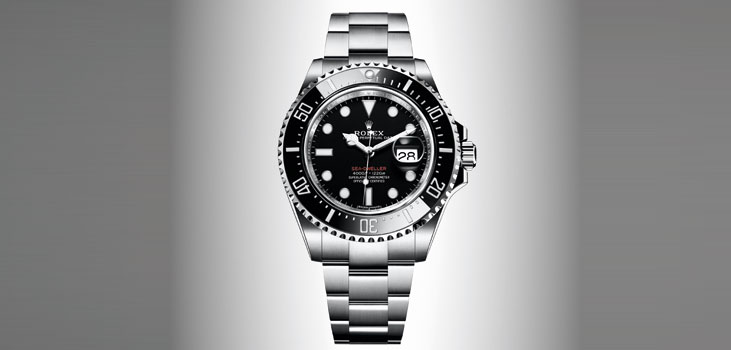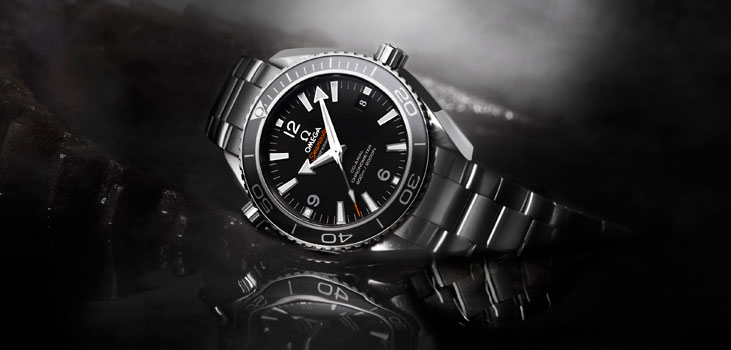Diving watches are meant to fulfil a very specific purpose, and yet they remain among the most popular watches across the board. But can they really withstand the atmospheric pressures at the depths of the deep sea – as claimed on the dial of your favourite diver?
For decades, diving watches – think Rolex Submariner, Omega Seamaster and Blancpain Fifty Fathoms – have been among the best selling watches in the collections of most fine watchmakers. And rightly so, since their wide-ranging appeal and robust build means that most average watch buyers and collectors alike appreciate their virtues. However, there’s always a discussion among collectors and enthusiasts about the actual functionality of these watches – with regards to the depth ratings that manufacturers claim they’re capable of.
Before we begin to answer that question, we have to consider that most dive watches – even entry-level ones – are rated to handle a water resistance of at least 100 metres. Now, for most casual divers, this is more than necessary as most recreational diving takes divers to a maximum depth of about 40 metres or so – since anything more than this depth requires much more advanced training and diving equipment. Given that this is less than half of what most watches are resistant too, we can safely assume that the watch will survive such casual dives without a problem.

The more serious, or professional, diving watches are mandated to be certified under the ISO 6425 standard for diving watches – which mandates that not only should the watch safely survive depths of at least 100 metres, but also meet other requirements such as legibility in the dark (once the diver crosses a certain depth, the sea is pitch dark as the light above can only penetrate sea water till a certain depth).
As far as depth ratings are concerned, manufacturers usually test the watches to a bit more than the rated depth. Say, for instance, a watch is rated to a depth of 200 metres – a quality diving watch is usually tested to a depth of anywhere between 15 to 25 percent greater than its rating suggests – just to ensure reliability. Rolex, for instance, tests all its Oyster case watches to 10% more than the stated depth rating. It’s dedicated dive watches, however – such as the latest Sea Dweller that you see here, which is rated to 1,220 metres, or 4,000 feet – are tested with an additional margin of 25% just to be sure.
Interestingly, in 2014, Seiko tested two of its 1,000 metre Marinemaster watches by mounting them on a submersible vehicle to see how long the two watches would last. The quartz version of the Marinemaster kept functioning till a depth of 3,248 metres, while the mechanical watch survived all the way to an amazing 4,299 metres – more than four times its depth rating. So, clearly, some brands are over-engineering their watches.
It’s safe to assume, then, that amongst the reputed watch brands at least the dive watches will live by the stated numbers – if not exceed them to quite a degree. If you think about it, this philosophy would also meet the normal standards of engineering – where precision instruments are tested to failure at a much higher rating than advertised to allow for redundancies.

Of course, behind this debate of whether a professional diving watch will survive its stated depth, or exceed it, is the larger question of whether these watches will actually ever get used in a manner that would actually test their engineering prowess. And truth is that, in 99% of the cases, they likely won’t.
For most watch enthusiasts and collectors, the rated depth and the rarity of a particular collection is far more important than the actual use of these watches under the conditions they’re designed for. It’s a bit like how the people who discuss the off-road ability of luxury SUV’s never actually take them off the pavement. So, like those SUV’s that stay glued to the tarmac, most of these watches will never see the water. Some of them will be used for recreational diving – withstanding pressures of 40 metres at best – while only a very select few will actually ever make it to the deep sea.
So, unless you’re a professional diver, you should focus more on design and the heritage of the watch, rather than worrying about whether or not the watch will survive the stated depth rating.
